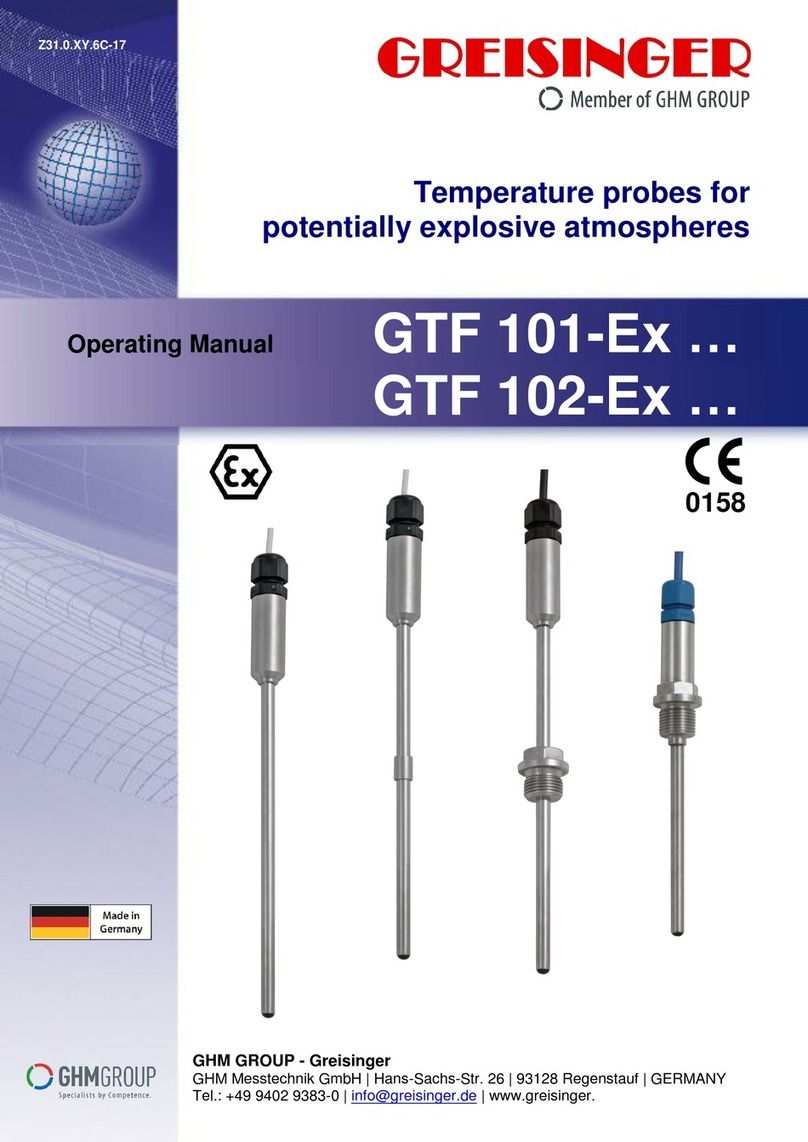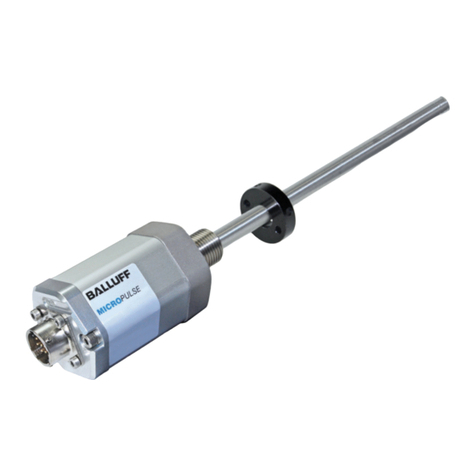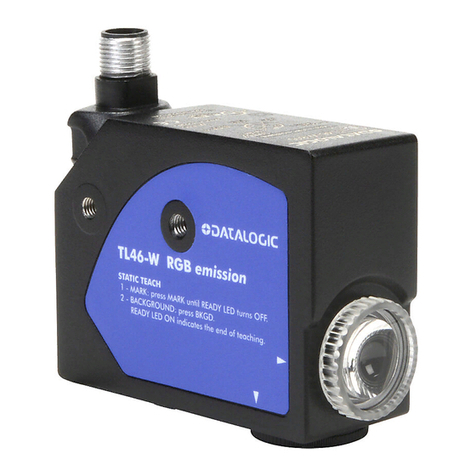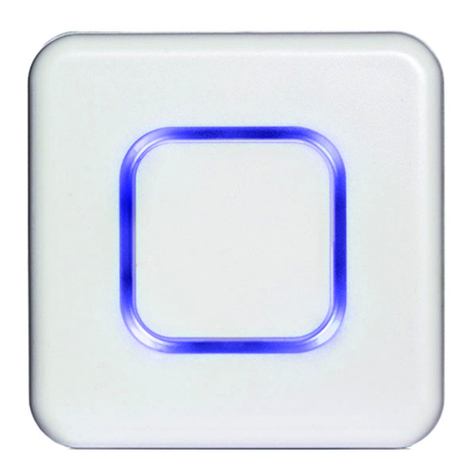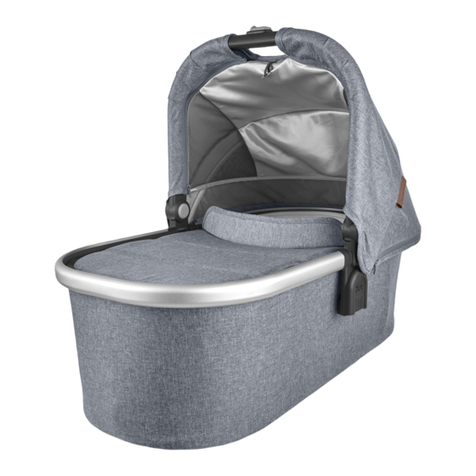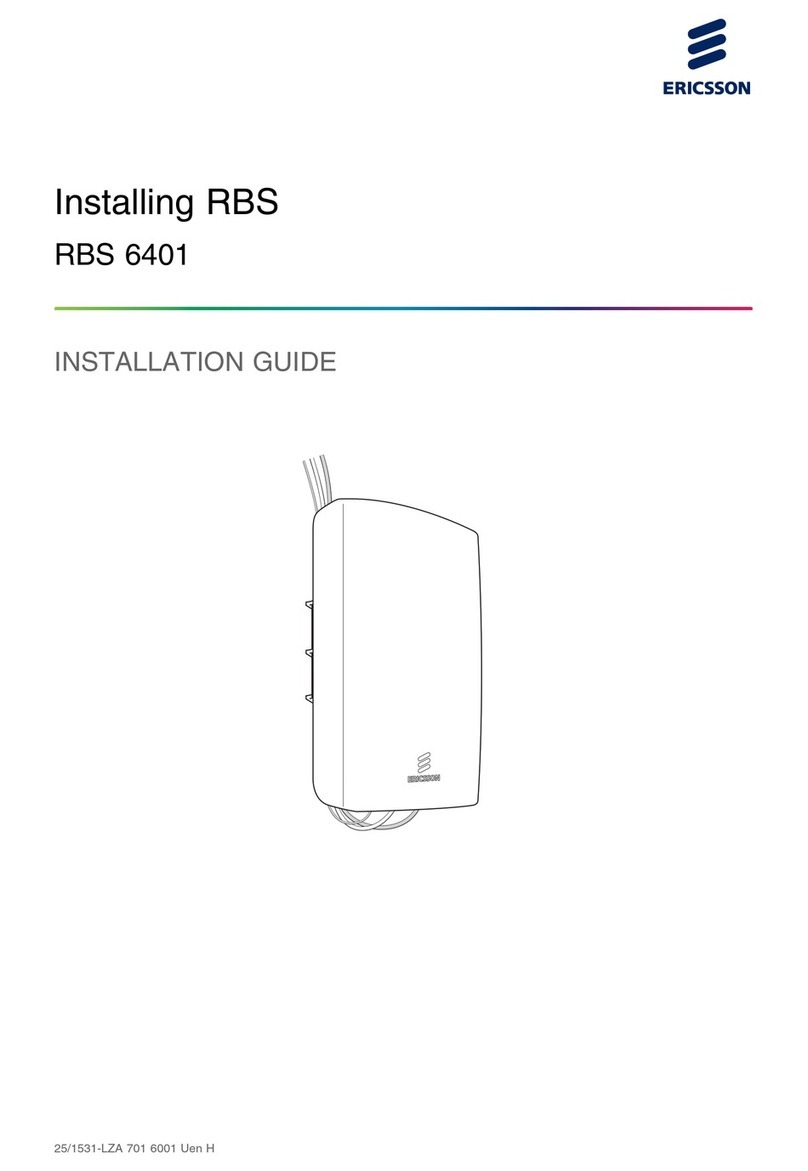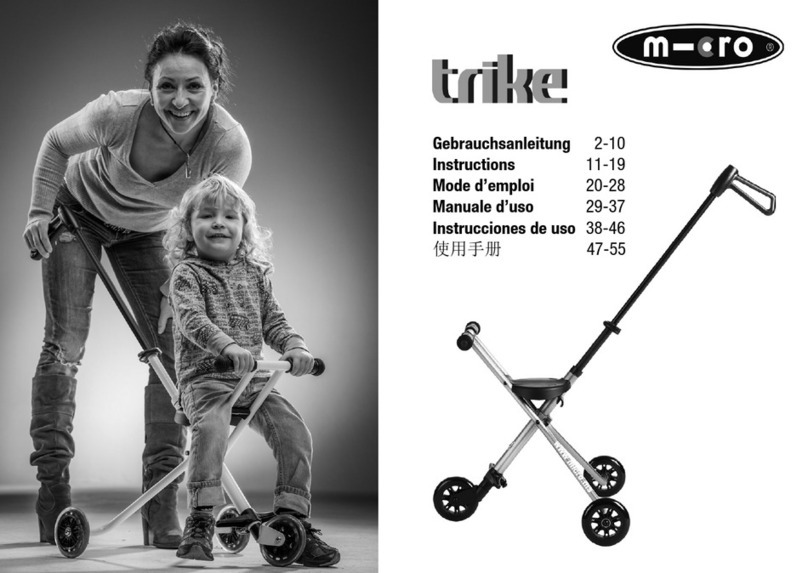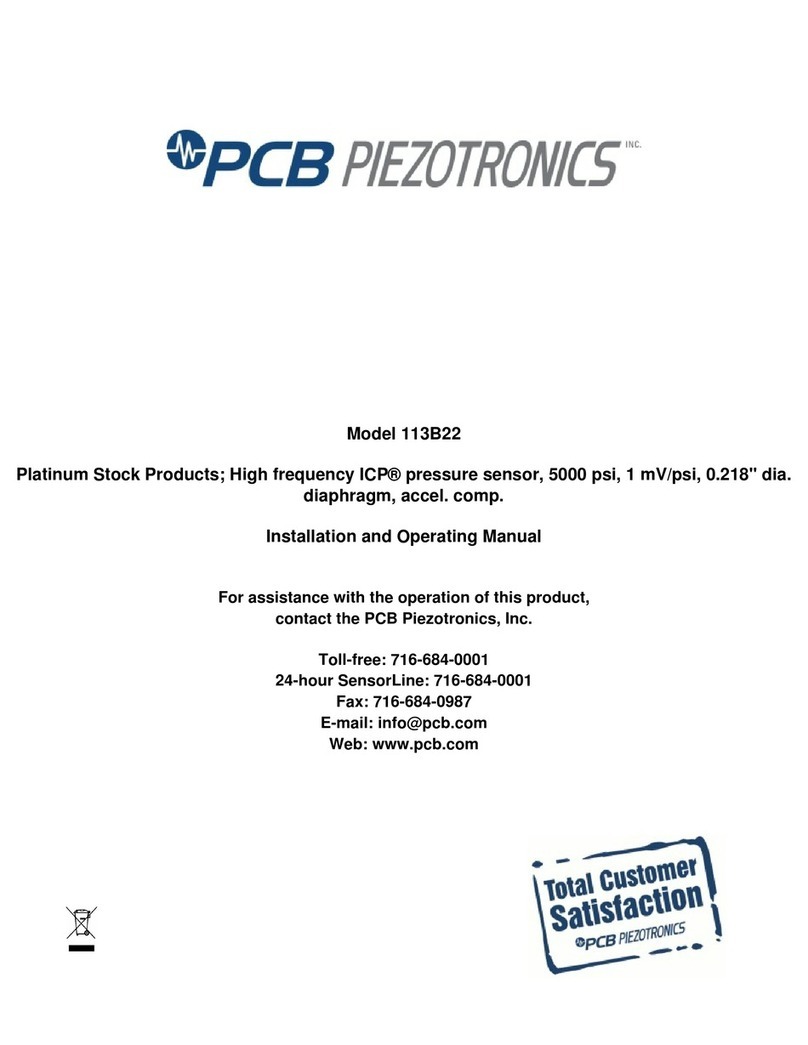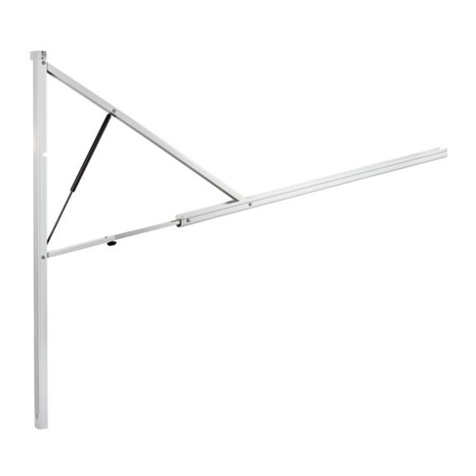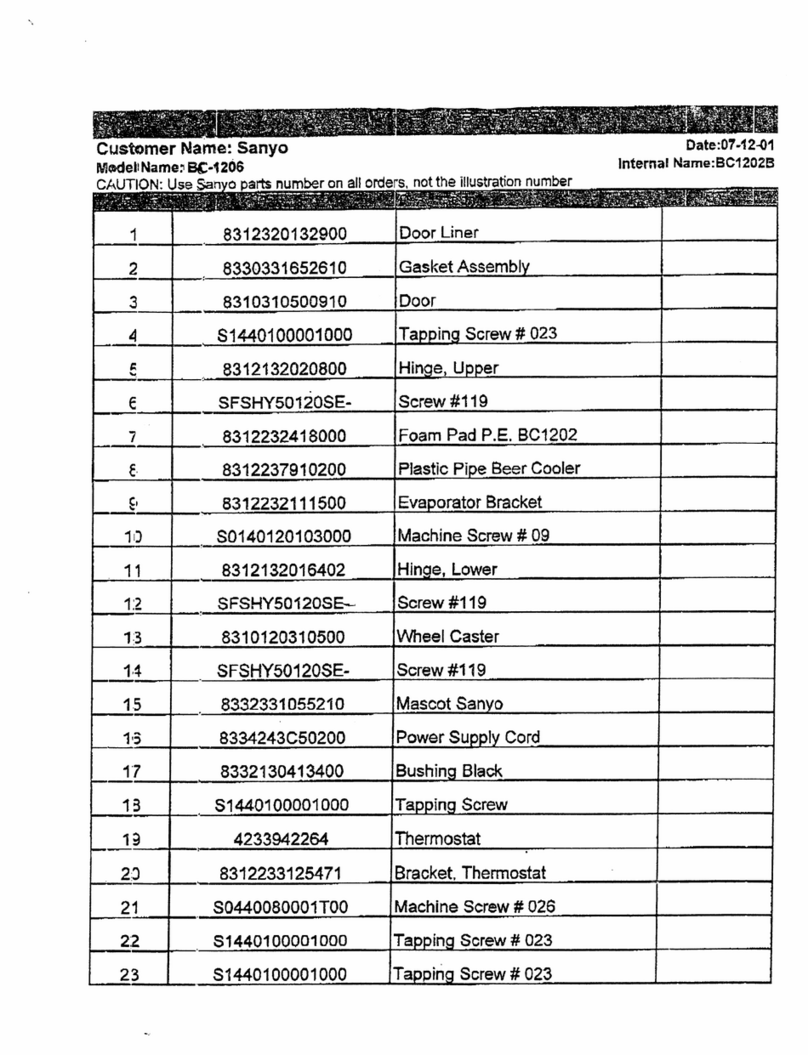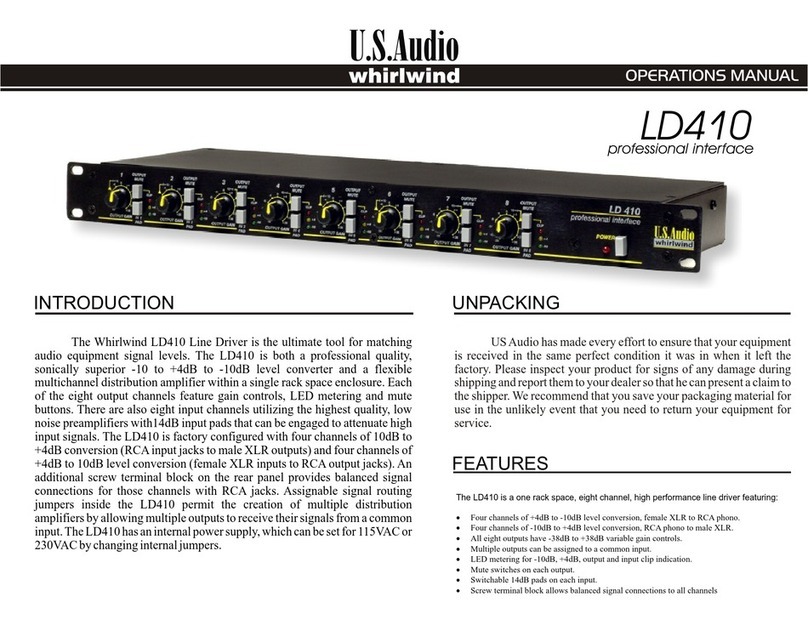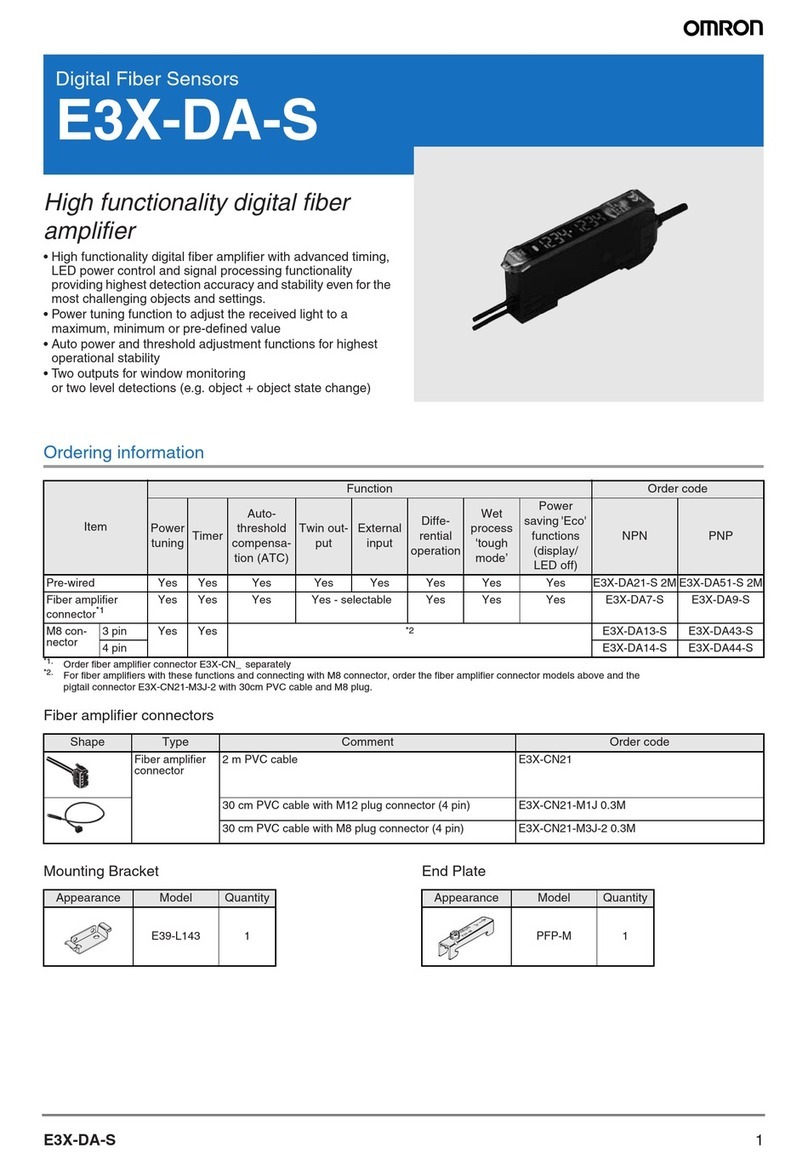GHM GREISINGER GGO Series User manual

Z11.0.0X.6C-23
GHM GROUP - Greisinger
GHM Messtechnik GmbH | Hans-Sachs-Str. 26 | 93128 Regenstauf | GERMANY
Operating Manual
Oxygen partial pressure sensor in specialized housing
GGO ..., GGA ..., GOO..., GOG / ResOx ...
Please read these instructions
carefully before use!
WEEE-Reg.-Nr. DE 93889386
Please consider the safety instructions!
Please keep for future reference!

Z11.0.0X.6C-23 Operating manual GGO -, GGA -, GOO -, GOG - page 2 of 8
Contents
1. SAFETY ....................................................................................................................................................... 2
1.1. General note............................................................................................................................................ 2
1.2. Intended use............................................................................................................................................ 2
1.3. Skilled personnel..................................................................................................................................... 3
1.4. Safety signs and symbols........................................................................................................................ 3
1.5. Safety guidelines..................................................................................................................................... 3
2. PRODUCT DESCRIPTION....................................................................................................................... 4
2.1. Scope of supply....................................................................................................................................... 4
2.2. General information about application areas.......................................................................................... 4
2.3. General information about the oxygen sensors....................................................................................... 5
3. APPLICATION OF THE DIFFERENT SENSOR TYPES .................................................................... 6
3.1. GGO housing (closed sensor)................................................................................................................. 6
3.2. GOO housing (open sensor).................................................................................................................... 6
3.3. GGA housing (closed sensor with pressure connection) ........................................................................ 6
3.4. GOG housing (ResOx Measuring).......................................................................................................... 6
4. MEASURING OXYGEN WITH THE GMH 369X AND GMH 569X................................................... 6
5. HOW TO OPERATE.................................................................................................................................. 7
6. EXCHANGING THE SENSOR ELEMENT............................................................................................ 7
7. DECOMMISSIONING, RESHIPMENT AND DISPOSAL.................................................................... 7
7.1. Decommissioning ................................................................................................................................... 7
7.2. Reshipment and disposal......................................................................................................................... 7
8. SPECIFICATION ....................................................................................................................................... 8
1. Safety
1.1. General note
Read this document carefully and get used to the operation of the product before you use it.
Keep this document within easy reach near the product for consulting in case of doubt.
Mounting, start-up, operating, maintenance and removing from operation must be done by quali-
fied, specially trained staff that have carefully read and understood this manual before starting any
work.
The manufacturer will assume no liability or warranty in case of usage for other purpose than the
intended one, ignoring advices of this manual, operating by unqualified staff as well as unauthor-
ized modifications to the product.
1.2. Intended use
The product is suitable for the measuring of gaseous oxygen, in conjunction with appropriate de-
vices.
Dependent on the application, a suitable sensor-element must be chosen.
See also the specification at the end of the document.
Personnel which starts up, operates and maintains the device has to have sufficient knowledge of
the measuring procedure and the meaning of the resulting measured values, this manual delivers a
valuable help for this. The instructions of the manual have to be understood, regarded and fol-
lowed.
To be sure that there´s no risk arising due to misinterpretation of measured values, the operator
must have further knowledge in case of doubt - the user is liable for any harm/damage resulting
from misinterpretation due to insufficient knowledge.

Z11.0.0X.6C-23 Operating manual GGO -, GGA -, GOO -, GOG - page 3 of 8
1.3. Skilled personnel
Users of the readily installed product have to be sufficiently skilled in the operation of the product
and able to avoid risks. The operator of the arrangement is responsible for sufficient qualification
the operators.
1.4. Safety signs and symbols
Warnings are labelled in this document with the followings signs:
Caution!
This symbol warns of imminent danger, which can result in death, severe bod-
ily injury, or severe property damage in case of non-observance
Attention!
This symbol warns of potential dangers or harmful situations, which can cause
dam-age to the device or to the environment in case of non-observance
Note!
This symbol point out processes which can indirectly influence operation, pos-
sibly cause incorrect measurement or provoke unforeseen reactions at non-
observance.
Caution, acid!
This symbol warns of danger to living tissue and many materials, that can be
damaged or destroy by exposure to that chemical.
1.5. Safety guidelines
The fault-free function and operational safety of the product can only be guaranteed if applicable
safety precautions and the device-specific safety instructions for this document are observed.
If these notices are disregarded, personal injury or death, as well as property damage can occur.
1.
Faultless operation and reliability in operation of the measuring device can only be assured if
the device is used within the climatic conditions specified in the chapter “Specifications“.
2.
The product must not be used for diagnostic or other medical purposes on pa-
tients!
3.
The product is not suitable for use in explosion-prone areas!
4.
Do not use in safety / emergency stop devices!
Not suitable for use with requirements on functional safety, e.g. SIL!
5.
The product is not suitable for underwater use (rebreather)!

Z11.0.0X.6C-23 Operating manual GGO -, GGA -, GOO -, GOG - page 4 of 8
6.
The sensor contains KOH (GOEL 381) or acid (GOEL 370).
KOH and acid can cause severe chemical burns!
In case of leaking liquid, avoid contact at all costs!
In case of contact:
• with skin: wash off immediately with plenty of water for several minutes.
• with clothing: remove contaminated, soaked clothing immediately.
• with eyes: rinse under running water for several minutes, consult a doctor.
If swallowed:
• drink plenty of water immediately, DO NOT induce vomiting!
• consult a doctor.
7.
When connecting the device to other devices the interconnection has to be designed most
thoroughly, as internal connections in third-party devices (e.g. connection of ground with pro-
tective earth) may lead to undesired voltage potentials.
8.
The product must be switched off and must be marked against using again, in
case of obvious malfunctions of the device which are e.g.:
- Visible damage.
- Device does not work like prescribed.
- Storing the device under inappropriate conditions for longer time.
When not sure, the product should be sent to the manufacturer for repairing or
servicing.
9.
Modifications or repairs of the product may not be performed by the customer.
10.
If the device is transported from a cold to a warm environment condensation may result in a
failure of the device. In such a case make sure the device temperature has adjusted to the
ambient temperature before trying a new start-up.
2. Product description
2.1. Scope of supply
Oxygen sensor in housing
Operating manual
2.2. General information about application areas
GOEL 370 (acidic electrolyte): Integrated in GGO 370, GGA 370, GOO 370 (for GMH 3690/91/92/95)
or in GGO 570, GGA 570, GOO 570 (for GMH 5690/95)
Especially long life time of > 3 Years in Air.
Suitable sensor for diving application e.g. measuring Nitrox, recommended for the range of
0.2 … 35 vol.-% O2.
Also suitable to measure oxygen-concentration in air or other gases with a high CO2-content or
even in a CO2-atmosphere. The acid electrolyte guarantees that the sensor could not be influenced
by CO2

Z11.0.0X.6C-23 Operating manual GGO -, GGA -, GOO -, GOG - page 5 of 8
GOEL 381 (basic electrolyte): Integrated in GGO 381, GGA 381, GOO 381 (for GMH 3690/91/92/95)
or in GGO 581, GGA 581, GOO 581 (for GMH 5690/-95)
Sensor for low oxygen concentration near 0.0 and up to 100 vol.-% O2. Especially for diving gases
above 35 vol.-% O2the best choice.
For application without larger CO2concentration *)
*)
The GOEL 381 is designed to measure oxygen-concentration in air or other gases
without larger CO2concentration. Higher CO2-concentration reduces the life-time of
the sensor.
Short-time exposition of up to 10% CO2is not problematic (for example 15 minutes.
up to 10 times per day) for the GOEL 380 (e.g. exhaust measuring). If there is meas-
ured more often with elevated CO2-concentration or at CO2-concentrations above
10%, the exposition time has to be kept as short as possible and sufficient measur-
ing breaks should be made
If the sensor is not exposed to free air during measuring pauses, the connected
tubes etc. have to be flushed with clean air or nitrogen.
2.3. General information about the oxygen sensors
Lifetime: At the end of life time the sensor signal drops relatively fast.
The electrode evaluation in % therefore just can be used for orientation. An evalua-
tion of 70% does not mean that 70% of life time are remaining, but 70% of the refer-
ence signal are available, which happens normally at the end of life time
The nominal life time can be shortened significantly by usage. Influencing factors are:
•Storage- / Operation temperature
•Humidity of measured gas: If permanently used with dry gases (technical gases,
bottled gas) the life time decreases considerably.
The electrode evaluation is updated by the instrument every time, when the calibra-
tion of the sensor was performed successfully. (please also see the referring manual of the
instrument)
Operating position: The optimum operation position is with the sensor inlet pointing down-
wards, maximum differential pressure to ambient is 250 mbar.
Measuring precision: The measuring precision can be influenced by:
- Liquids at the sensor inlet. Rinse the inlet and dry with lint-free cloth.
Attention: avoid liquids of any kind at the contacts
- Gas and sensor temperature have to be at same level. Best precision, when
calibrated at measuring temperature.
- Pressure fluctuations: The sensor is originally a partial pressure sensor, i.e.
changes in the absolute pressure are influencing the measuring result di-
rectly proportional. A pressure change of 1% will cause a additional meas-
uring error of 1%!
For optimum precision calibrate at the same conditions at which You want
to measure.

Z11.0.0X.6C-23 Operating manual GGO -, GGA -, GOO -, GOG - page 6 of 8
3. Application of the different sensor types
3.1. GGO housing (closed sensor)
For measurements at atmosphere and in systems without
over or under pressure the GGO... is sufficient. Additionally
the GGO can be screwed tightly into systems with small
over or under pressure. Attention! Mind the maximum pres-
sure and the maximum pressure difference at the mem-
brane.
GMH 3690: Always calibrate and measure at the same pressure!
GMH 3691: If pressure during calibration and measuring differs, please enter its value manually.
GMH 3692/3695/5690/5695: if instrument and sensor pressure are identical, it will be compensated
automatically.
3.2. GOO housing (open sensor) The sensor is equipped with drillings at the end and be-
cause of its special construction the measuring gas streams
optimally around the sensor. No pressure can appear while
gas blows to the sensor, which otherwise would result in er-
roneous measures. The temperature compensation speed
of the sensor also is optimized by this design.
Especially the measuring of gases from compressed gas bottles, where the expansion of the
gas leaving the bottle lowers the temperature, is optimized with regard to the temperature compen-
sation and pressure errors. The gas flow should be chosen in a suitable range, where no overpres-
sure can happen, esp. if the sensor is connected directly to the source e.g. by means of a tube.
3.3. GGA housing (closed sensor with pressure connection)
If You use an instrument with pressure connection (e.g.
GMH 3695), this type is optimal. Especially at systems with
over or under pressure or at dynamic pressure due to gas
flow. It can be screwed tightly into systems with small over
or under pressure. Attention! Mind the maximum pressure.
The instrument pressure port is connected directly to the sensor port. Then the actual pressure at
the membrane will be measured and compensated automatically.
3.4. GOG housing (ResOx Measuring)
The GOG / ResOx housings are specialized gas sampling
devices, which are suitable to sample and analyse small
gasprobes by means of a gas sampling pump.
You get more informations in the referring GOG und ResOx
set manuals
4. Measuring Oxygen with the GMH 369x and GMH 569x
Calibration and measuring are depending of the absolute pressure at the sensor.
Therefore check the absolute pressure before calibration and measuring. When using a GMH 3691
(with manual pressure compensation) the pressure can be entered, when using a GMH 3690 the
pressure during calibration should be the same as during the measuring (otherwise e.g. 1% devia-
tion results in 1% measuring error).
The GMH 3692 /3695 /5690 / 5695 have integrated automatic pressure compensation. There you
only have to have in mind, that instrument and sensor membrane have the same pressure.
Sensor temperature and gas temperature should be the same.
Temperature differences may cause additional measuring errors! In worst case conditions it may
take up to several hours until both temperatures are adjusted. A suitable flow of the gas around the
sensor element increases the adjustment significantly.

Z11.0.0X.6C-23 Operating manual GGO -, GGA -, GOO -, GOG - page 7 of 8
5. How to operate
Treat device and sensor carefully. Use only in accordance with above specification.
(do not throw, hit against etc.). Protect plug and socket from soiling.
The sensors are only suitable for the devices of the GMH 369x or GMH 569x series.
Unsuitable devices may lead to the destruction of the measuring device and the measuring sensors.
When connecting the sensor to a GMH 369x the connector may not lock to the jack correctly. In such a
case hold the connector not at the case but at the buckling protection of the cable during the plug in.
Don't connect sensor canted! If plug is entered correctly, it will slide in smoothly.
To disconnect sensor do not pull at the cable but at the plug.
Keep the allowable pressure range of the sensor in mind, too high or too low pressure may destroy the
sensor.
6. Exchanging the sensor element
The sensor housings are consisting of two halves (1) and (4) and can be opened by screwing up:
GGO/GGA housing
GOO housing
GOG / ResOx 5695 housing
Changeable part is the sensor element (3). Important when reassembling:
- First screw in sensor (3) in part (1). Do not forget O-Ring (2)
Unscrew the sensor carefully e.g. by means of suitable nippers.
- The audio plug of part (4) has to be connected to the socket in the sensor. If this makes problems, the
cable gland (5) can be opened so that the cable can be shifted further into part (4), until the plug can be
connected.
- After that screw together (1) and (4) tightly, if necessary retighten the cable gland (5).
7. Decommissioning, reshipment and disposal
7.1. Decommissioning
Please also make sure that connected Loads are disconnected also and are in a safe state.
7.2. Reshipment and disposal
All devices returned to the manufacturer have to be free of any residual of measuring media
and other hazardous substances.
Measuring residuals at housing or sensor may be a risk for persons or environment
Use an adequate transport package for reshipment, especially for fully functional devices.
Please make sure that the device is protected in the package by enough packing materials.
Add the completed reshipment formula of the GHM website
The sensorelement must not be disposed in the unsorted municipal waste! Send the sensor
directly to us (sufficiently stamped), considering the above if it should be disposed.
We will dispose the device appropriate and environmentally sound.

Z11.0.0X.6C-23 Operating manual GGO -, GGA -, GOO -, GOG - page 8 of 8
8. Specification
(All specification basis on environment of 25°C, 50 %RH and 1013 hPa)
Sensor for GMH 369x-Series:
for GMH 569x-Series:
GOEL 381
GGO 381, GOO 381, GGA 381
GGO 581, GOO 581, GGA 581
GOEL 370 (Rev 2)
GGO 370, GOO 370, GGA 370
GGO 570, GOO 570, GGA 570
application
Diving gas *1)
precise measuring at low O2 (e.g.
<0.5 vol.-% O2) or concentrations
above 35 vol.-% O2
Diving gas *1)
Protection gases with CO2con-
centrations and O2concentra-
tions below < 35 vol.-% O2
Permanent operation with high CO2-
concentrations
-
+++
Short time exposition to CO2*2)
+
+++
Use up to 100 vol.-% O2
+++
-
Use below 0.2 vol.-% O2
+++
+
Speed /t90
++ / <10s
++ / <10s
Lifetime
hours per vol.-% O2, / at air
+
/500 000 %h/ >2 years
++
/1 200 000 %h/ max. 6 years
Diving gas application *1)
+++
+++
Meas. ranges
O2partial pressure
0 ... 1100 hPa
0 ... 350 hPa
O2concentration
0.0 ... 100.0 vol. % O2
0.0 … 35.0 vol. % O2
(lower accuracy above)
Accuracy:
< 35 vol. % O2
±0.25 vol. % O2
-0.2 … +0.35 vol. % O2
35 - 100 vol. % O2
±2.0% * (value –20.9 vol. % O2)
not specified
Electrolyte:
basic
acidic
Connection:
approx. 1 m cable. Temperature sensor integrated
Storage temperature:
-15 to +60 °C
Operating ambient
0 … +45 °C
Ambient pressure:
0.6 … 1.75 bar abs.
Over-/under pressure:
max. 0.25 bar
(pressure difference sensor membrane to ambient –sensor screwed-in)
Material in contact media
PA, PPS, PTFE, stainless steel
ABS, PPS, PTFE, stainless steel,
NBR
Cross sensitive
No to He, H2und CO
<20 ppm O2response to
100 % Vol. % CO ,
100 % Vol. % CO2
100 % Vol. % C3H8
1000 ppm Benzene balance N2
3000 ppm NO2balance to N2
1000 ppm H2balance to N2
2000 ppm H2S balance to N2
1000 ppm SO2balance to N2
Warranty period:
12 months (assuming appropriate usage according to the manual)
Weight:
approx. 135 g (GGO...) or approx. 145 g (GOO, GGA...)
Dimension:
GGO, GGA: approx. Ø 36 mm x 95 mm (150 mm
incl. anti-buckling glanding
),
GOO: approx. Ø 40 mm x 105 mm (160 mm
incl. anti-buckling glanding
)
Housing with M16 x 1-screw thread (sensor can be connected to line tubes
by means of an additional adapter)
Directives:
The product conform to the following Directives of the Council for the har-
monisation of legal regulations of the Member States
2011/65/EU, incl. 2015/863 RoHS 2 and RoHS 3
Applied harmonised standards:
EN IEC 63000:2018
*1) Sensors are not allowed to use in „under-water-diving-application” (e.g. Rebreather)
*2) please refer chapter 2.2
This manual suits for next models
19
Table of contents
Other GHM Accessories manuals
